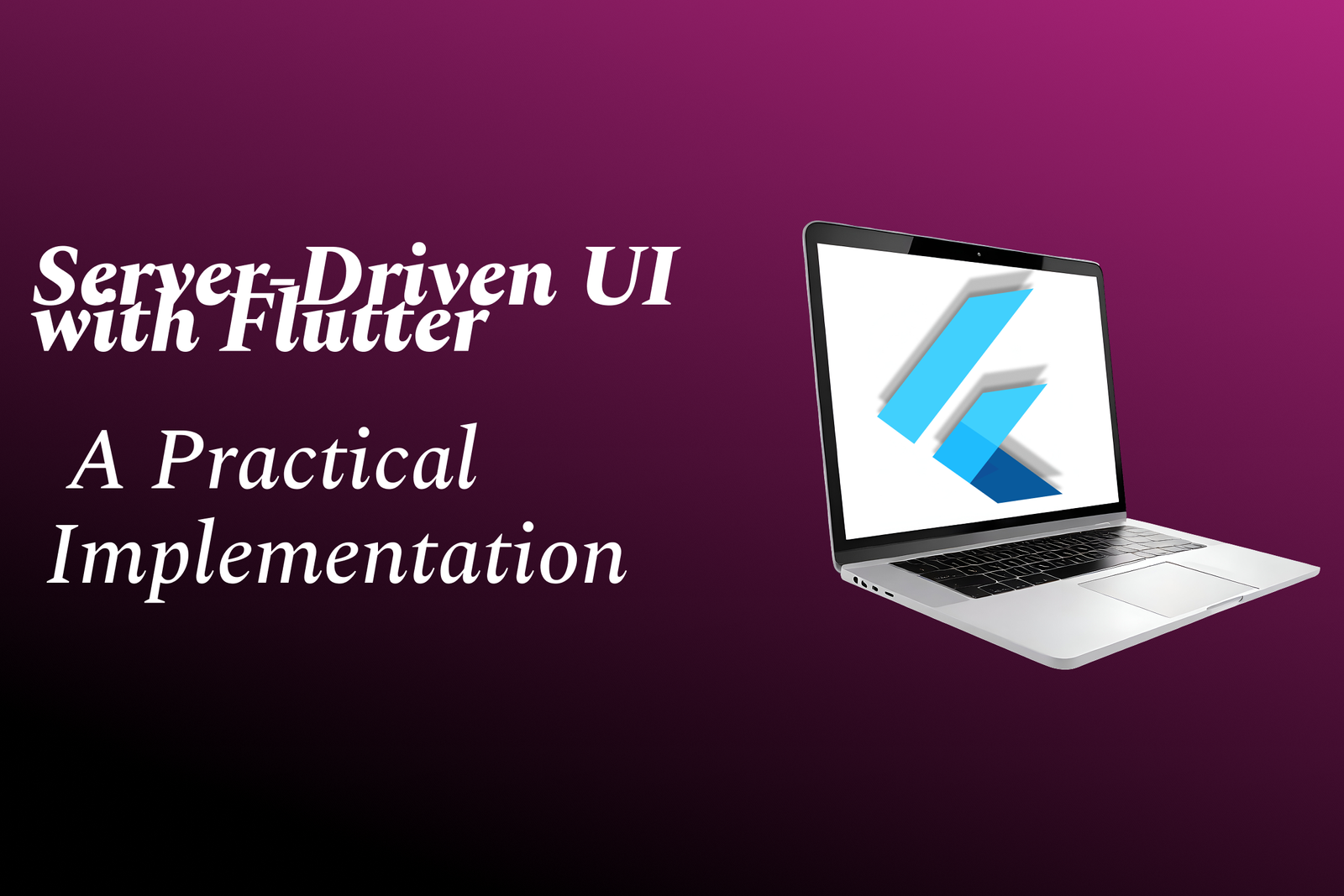Goddy Use Php Socket Programing Open Port
Opening ports on GoDaddy hosting using PHP socket programming involves creating server-side scripts
Goddy Use Php Socket Programing Open Port
Using PHP socket programming on GoDaddy to open ports is a powerful way to enable real-time communication features on your website, such as live chats, gaming, or data streaming. It allows your PHP scripts to create server-client connections directly, facilitating faster data exchange and improved user engagement. This approach is especially useful for developers looking to implement custom networking solutions without relying on third-party services, ultimately enhancing your site's interactivity and performance.
To Download Our Brochure: https://www.justacademy.co/download-brochure-for-free
Message us for more information: +91 9987184296
Using PHP socket programming on GoDaddy to open ports is a powerful way to enable real time communication features on your website, such as live chats, gaming, or data streaming. It allows your PHP scripts to create server client connections directly, facilitating faster data exchange and improved user engagement. This approach is especially useful for developers looking to implement custom networking solutions without relying on third party services, ultimately enhancing your site's interactivity and performance.
Course Overview
The “GoDaddy Use PHP Socket Programming to Open Ports” course teaches how to leverage PHP socket functions on GoDaddy hosting to open and manage ports for real-time communication, enabling you to build interactive applications like chat systems and live data streaming with practical, real-world project experience.
Course Description
Learn how to use PHP socket programming on GoDaddy to open and manage ports for real-time communication, enabling the creation of interactive applications like chat systems and live data streams through practical, hands-on projects.
Key Features
1 - Comprehensive Tool Coverage: Provides hands-on training with a range of industry-standard testing tools, including Selenium, JIRA, LoadRunner, and TestRail.
2) Practical Exercises: Features real-world exercises and case studies to apply tools in various testing scenarios.
3) Interactive Learning: Includes interactive sessions with industry experts for personalized feedback and guidance.
4) Detailed Tutorials: Offers extensive tutorials and documentation on tool functionalities and best practices.
5) Advanced Techniques: Covers both fundamental and advanced techniques for using testing tools effectively.
6) Data Visualization: Integrates tools for visualizing test metrics and results, enhancing data interpretation and decision-making.
7) Tool Integration: Teaches how to integrate testing tools into the software development lifecycle for streamlined workflows.
8) Project-Based Learning: Focuses on project-based learning to build practical skills and create a portfolio of completed tasks.
9) Career Support: Provides resources and support for applying learned skills to real-world job scenarios, including resume building and interview preparation.
10) Up-to-Date Content: Ensures that course materials reflect the latest industry standards and tool updates.
Benefits of taking our course
Functional Tools
1 - PHP Development Environment
A robust PHP development environment is essential for coding and testing socket programming applications. Students are introduced to tools like XAMPP, WAMP, or MAMP, which provide an easy setup of local servers with PHP and MySQL. These environments facilitate real time coding and debugging, allowing learners to experiment with socket scripts efficiently, understand server client interactions, and simulate real world scenarios on their local machines before deploying open ports in live environments. The environment supports running PHP scripts that establish socket connections, listen on specified ports, and handle multiple client requests simultaneously, laying a solid foundation for advanced network programming.
2) Text Editors and IDEs (Integrated Development Environments)
Students learn to work with powerful code editors such as Visual Studio Code, Sublime Text, or PHPStorm that enhance productivity and code management. These IDEs offer syntax highlighting, code completion, debugging tools, and extensions tailored for PHP development, making socket programming less error prone and more manageable. The proper setup of debugging tools within these IDEs enables students to step through code execution, track socket connection issues, and optimize their scripts for open port communication. The integration of these editors streamlines the development process, reduces development time, and enhances the learning experience through real time code suggestions and error detection.
3) Command Line Interfaces (CLI) and Terminal Tools
Command line tools are integral for running PHP scripts, managing server processes, and monitoring network activity during socket programming. Students become proficient in using terminal commands to start, stop, or restart local server environments, execute PHP scripts directly, and check network socket status. Tools like netstat or lsof are utilized to identify open ports and verify active socket connections, giving learners hands on experience with network management. These CLI skills are vital when troubleshooting open ports, testing server responses, and managing multiple socket clients during training sessions, providing a comprehensive understanding of network operations.
4) Network Monitoring and Diagnostic Tools
Tools like Wireshark and TCPDump are introduced to visualize and analyze network traffic generated by PHP socket programs. Students learn to capture packets, analyze protocol details, and monitor data exchanged between server and clients in real time, which aids in debugging and optimizing socket communication. Understanding how data flows through open ports and identifying anomalies or delays helps in fine tuning socket scripts for better performance and security. These diagnostic tools give invaluable insights into the underlying network activity, making students adept at troubleshooting and ensuring reliable socket based applications.
5) Port Management and Security Tools
Specialized tools aid in managing and securing open ports during development and deployment. Students explore Firewalls (like Windows Defender Firewall or UFW on Linux), port scanners, and security scanners to monitor open ports, prevent unauthorized access, and test server vulnerabilities. Learning to configure network security protocols ensures that open ports are protected against malicious attacks and unauthorized exploitation. These tools also assist in verifying that only designated clients can establish socket connections, thus reinforcing best security practices and helping students develop secure socket programming applications.
6) Version Control Systems (VCS) like Git
Implementing version control practices is critical for managing code changes in socket programming projects. Students are introduced to Git, learning to track modifications, collaborate with team members, and maintain code repositories. This ensures that their PHP socket scripts, configurations, and troubleshooting notes are preserved and can be restored if needed. Using platforms like GitHub or GitLab, learners can share their work, receive feedback, and demonstrate project progress. Proper version control enhances team collaboration during real time project development, making it easier to coordinate improvements on open port PHP programs.
7) Documentation and Learning Resources
A variety of online resources, tutorials, and documentation are offered to support students throughout the course. Official PHP manual pages, open port management guides, and socket programming tutorials help learners understand best practices, troubleshoot common issues, and explore additional functionalities. These resources reinforce theoretical understanding while providing practical step by step instructions for establishing socket connections, listening on ports, and handling client requests, making them valuable assets for independent learning and project implementation.
8) Virtual Machines and Containerization Tools
Students are introduced to virtual machine platforms such as VirtualBox and VMware, as well as containerization tools like Docker, to create isolated environments for socket programming projects. These tools enable users to simulate complex network topologies, test open ports in different operating systems, and ensure portability of applications. Containerized environments facilitate consistent development setups, reduce dependency issues, and streamline deployment processes for PHP socket applications, providing a scalable and secure testing ground for open port configurations.
9) Cloud Based Development Platforms
Utilizing cloud platforms like AWS, Azure, or Google Cloud, students learn to configure virtual servers, manage open ports securely, and deploy socket based PHP applications in cloud environments. These platforms offer advanced networking features, including load balancers, firewalls, and virtual private clouds (VPCs), which help learners understand scalable open port management, security policies, and real time deployment. Cloud environments also support collaboration and remote access, preparing students for enterprise level socket programming projects.
10) Automated Testing and Continuous Integration Tools
Tools such as Jenkins, Travis CI, or GitHub Actions are incorporated into the curriculum to automate testing of socket PHP scripts. Students learn to write test cases that verify socket connection stability, error handling, and data transfer integrity over open ports. Continuous integration pipelines help in automating deployment and testing processes, enabling rapid feedback and ensuring that socket applications function correctly across different environments. This systematic approach enhances reliability and accelerates development cycles for real time socket projects.
11 - Security Testing Tools
Specialized security tools like Nmap, OpenVAS, and Burp Suite are introduced to assess vulnerabilities associated with open ports and socket services. Students learn to conduct port scans, identify open or unintended ports, and simulate attack scenarios to evaluate security postures. Understanding potential threats and mitigation strategies ensures that socket PHP applications are protected against common exploits such as port scanning, Denial of Service (DoS), and unauthorized access, emphasizing the importance of secure open port management.
12) Load Testing Tools
Students explore load testing solutions like Apache JMeter or Locust to simulate multiple client connections and assess the performance of PHP socket applications under heavy load. These tools help in analyzing how open ports handle concurrent connections, detecting bottlenecks, and optimizing server responsiveness. Mastering load testing techniques ensures that socket based applications maintain stability and efficiency in real time production environments with high traffic volumes.
13) Firewall and Infrastructure Configuration Tools
Learning to configure firewalls (e.g., iptables, Windows Firewall) and network infrastructure tools helps students control access to open ports and socket services. They gain skills in setting rules to open, close, or restrict ports, implement NAT policies, and set up VPNs for secure connections. Proper configuration ensures that only authorized traffic reaches the server, maintaining the security and integrity of socket based applications.
14) Open Port Monitoring and Management Platforms
Web based dashboards and management platforms like Nagios, Zabbix, or SolarWinds are used to monitor network health, track open ports, and receive alerts on suspicious activity. These tools enable students to proactively manage socket servers, detect anomalies, and ensure continuous availability of their PHP socket services. Integrating these platforms into the development environment fosters operational awareness and effective open port management in production scenarios.
15) Scripting and Automation Tools
PowerShell, Bash scripts, or Python automation scripts are taught to automate routine tasks like starting/stopping servers, opening or closing ports, and deploying updates. Automating such processes reduces manual errors, streamlines development workflows, and ensures consistent socket configuration management. Mastery of scripting enhances efficiency and supports continuous deployment of PHP socket applications with secure and properly managed open ports.
16) Educational Simulators and Virtual Labs
Interactive simulation environments and virtual labs provide hands on experience without the need for physical networks. Platforms like Cisco Packet Tracer or GNS3 can simulate network scenarios involving open ports, socket communication, and security configurations. These virtual environments allow learners to experiment safely, troubleshoot real world issues, and understand network behaviors related to PHP socket programming in a controlled setting.
Browse our course links : https://www.justacademy.co/all-courses
To Join our FREE DEMO Session:
This information is sourced from JustAcademy
Contact Info:
Roshan Chaturvedi
Message us on Whatsapp: +91 9987184296
Email id: info@justacademy.co
The Complete React Native And Redux Course Streaming
Array Median Program in PHP
Best React Native Timer
How to Use PHP Socket Programming to Open Ports on GoDaddy Hosting for Website Access
How to Use PHP Socket Programming to Open Ports on GoDaddy Hosting for Website Accessibility
How to Use PHP Socket Programming to Open Ports on GoDaddy Hosting for Improved Website Accessibility
How to Use PHP Socket Programming to Open Ports on GoDaddy Hosting for Improved Website Connectivity











